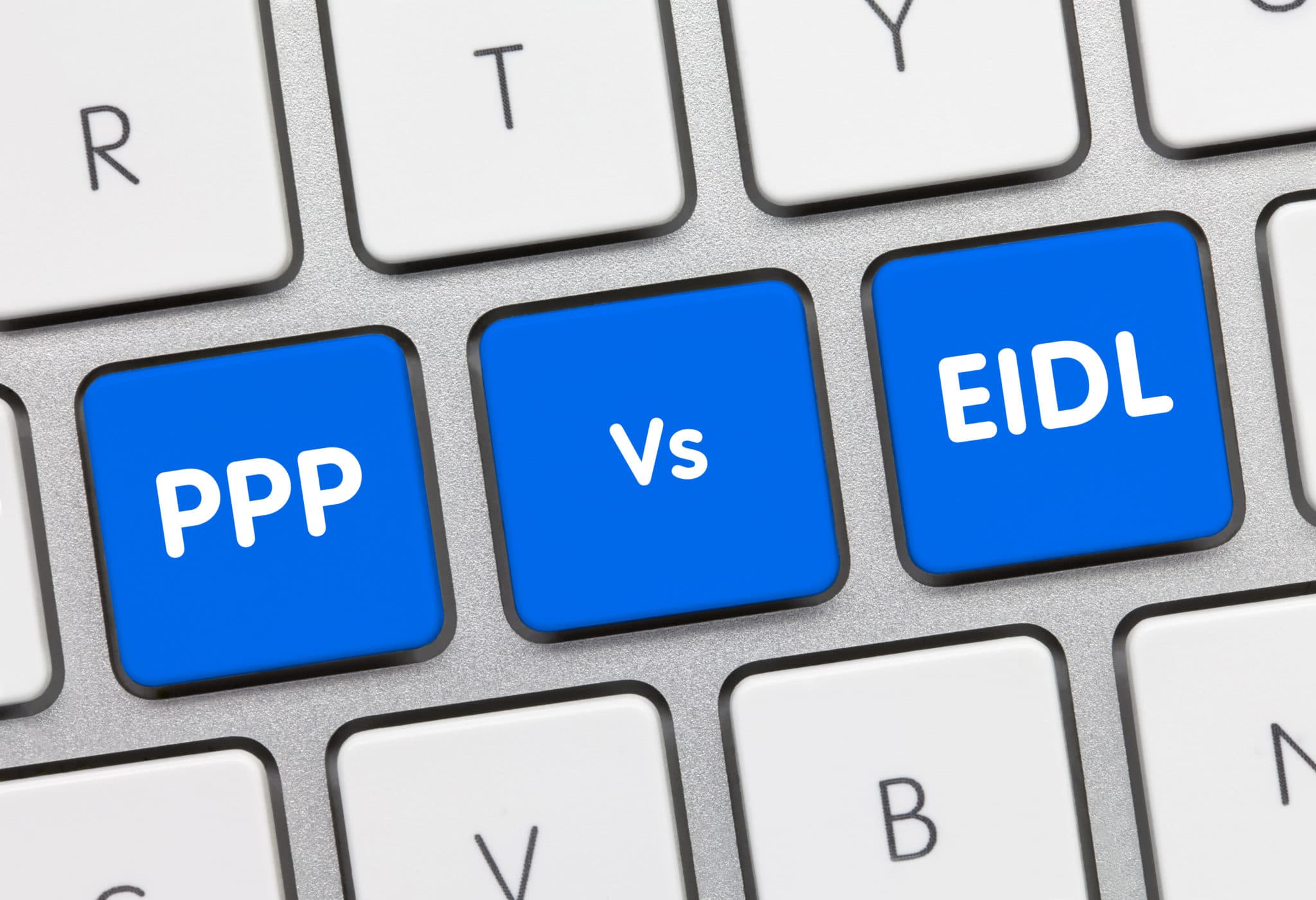If your construction business has struggled because of the COVID-19 pandemic, you may have received a forgivable Paycheck Protection Program (PPP) loan through the Small Business Administration (SBA). But if those funds have run out — or if you have expenses that a PPP loan doesn’t cover — you may want to explore other funding options.
One possibility is a COVID-19 Economic Injury Disaster Loan (EIDL), which is also offered by the SBA. Unlike PPP loans, EIDLs aren’t forgivable, but they allow eligible businesses to fund their working capital needs on favorable terms. And while PPP loans are no longer available, you may apply for an EIDL through the end of 2021.
Pandemic relief
The EIDL program isn’t new. For years, the SBA has offered direct loans of up to $2 million to eligible small businesses in declared disaster areas that have suffered substantial economic injury. For the purposes of these loans, “substantial economic injury” means that a business is unable to meet its obligations and pay its ordinary and necessary operating expenses.
In the early stages of the pandemic, the CARES Act established an enhanced EIDL program for small businesses affected by COVID-19 — essentially declaring the entire country a disaster area — offering lower interest rates, longer repayment terms and a streamlined application process.
Loan details
EIDLs related to the pandemic are available to small businesses (as defined by SBA guidelines) that have suffered substantial economic injury because of COVID-19 and are unable to obtain credit elsewhere.
Initially, the SBA allowed eligible companies to borrow up to $150,000 to fund up to six months of working capital needs. However, as of April 6, 2021, they can borrow up to $500,000 to fund up to 24 months of working capital needs. Businesses that applied for or received an EIDL before that date may request additional funding up to the new limit. As of this writing, the SBA was developing a plan to increase the maximum loan amount to the statutory limit of $2 million.
The interest rate on these loans is 3.75% and the maximum term is 30 years (depending on the borrower’s ability to repay). Collateral is required for loans over $25,000, but the CARES Act waived personal guarantee requirements for loans up to $200,000. Ordinarily, payments on EIDLs must begin in 12 months, but the SBA extended this deferral period to 18 months for loans made in 2021. (Note that interest accrues during the deferral period.)
Use of funds
EIDL funds may be used for a broad range of working capital needs — including payroll, employee benefits, accounts payable, utilities, debt payments and other operating expenses. In contrast, at least 60% of a PPP loan must be used for payroll, with the remainder used for other specified operating expenses.
Certain uses of EIDL funds aren’t permitted, including:
- Payment of dividends or bonuses,
- Disbursements to owners, unless directly related to the performance of services,
- Repayment of stockholder/principal loans (with certain disaster-related exceptions),
- Expansion of facilities or acquisition of fixed assets,
- Repairing or replacing physical damages,
- Refinancing of long-term debt, and
- Repaying all or part of a direct federal debt (including other SBA loans) other than an IRS obligation.
Keep in mind that, though the same business can obtain a PPP loan and an EIDL, the loans cannot be used to fund the same costs.
How to apply
The easiest way to apply for an EIDL is online at https://covid19relief.sba.gov. The initial application form gathers basic information. This includes gross revenues and cost of goods sold for the 12-month period ending January 31, 2020, general and ownership details about your company, and other financial and personal data.
You’ll also need to furnish the most recent tax returns for your business, a schedule of liabilities listing fixed debts, and tax information authorizations and personal financial statements for certain owners. As of this writing, the average processing time for EIDL applications is 17 days, according to the SBA.
Handle PPP loans with care
If you received a Paycheck Protection Program (PPP) loan, misuse of the funds can result in loss of eligibility for loan forgiveness or even fraud charges. Although many PPP fraud cases involve fraudulent applications — for example, for businesses that don’t exist or have no employees —legitimate applications can also lead to fraud accusations if the proceeds are misused. Although federal authorities are focusing their efforts on intentional fraud, unintentional fraud can lead to civil penalties or even criminal charges.
PPP loan recipients must use at least 60% of the funds for payroll, with the remainder applied toward mortgage, rent, utilities and certain other specified operating expenses. Failure to use at least 60% of the loan proceeds for payroll, or use of the funds for impermissible expenses, can have devastating consequences — even if inadvertent. To mitigate the risk, it’s a good idea to segregate PPP loan proceeds in a separate bank account and carefully document all transactions involving that account. Demonstrating a good faith effort to comply with program requirements can be your best defense.
Evaluate your options
If your construction business is short on working capital, an EIDL is worth a look. But be sure to investigate and evaluate all your funding options. Although EIDLs offer attractive terms, there may also be disadvantages, such as restrictions on use of the funds. We can help you identify and evaluate optimal funding sources.
© 2021


